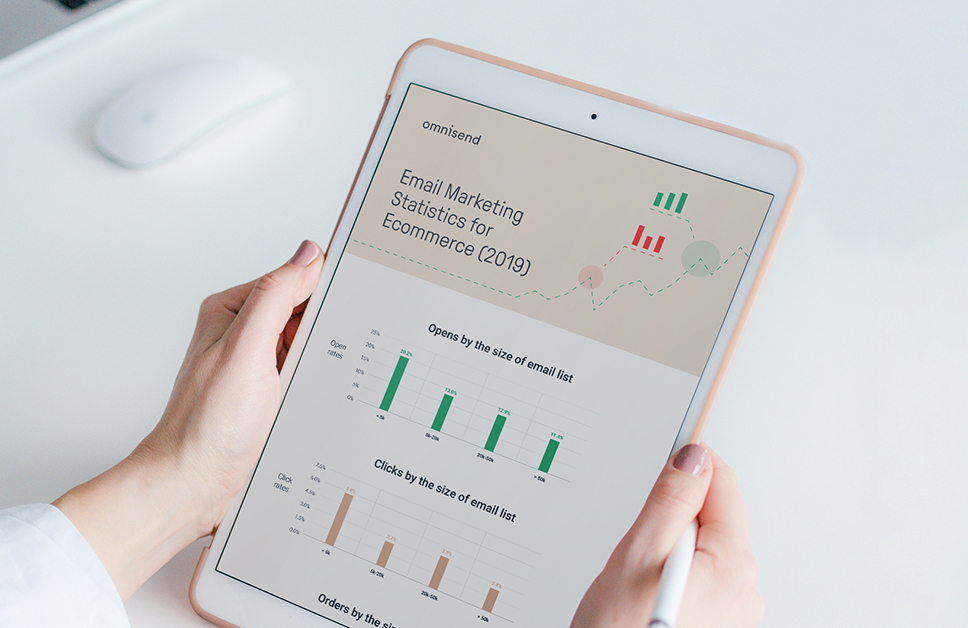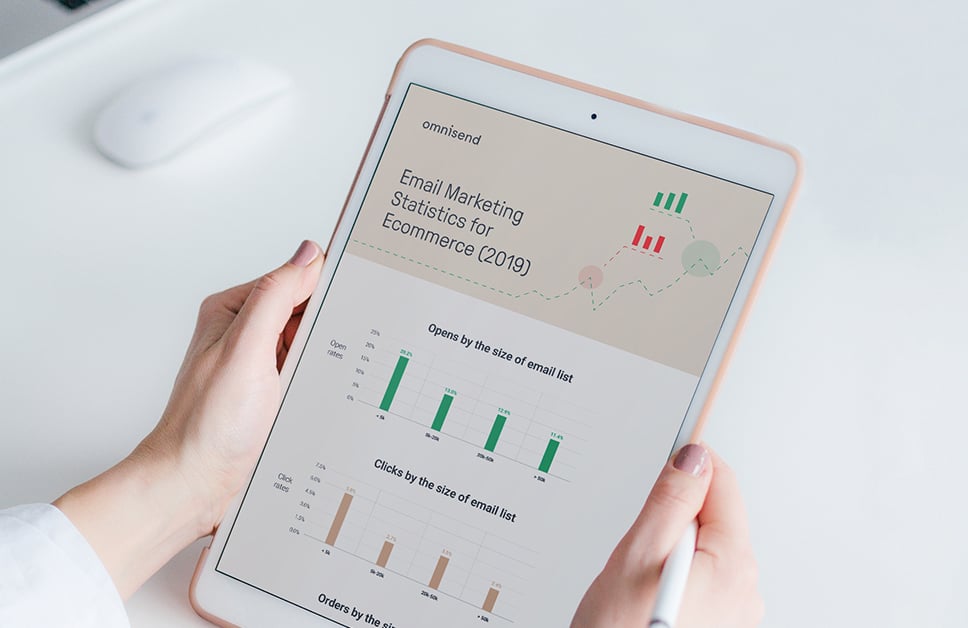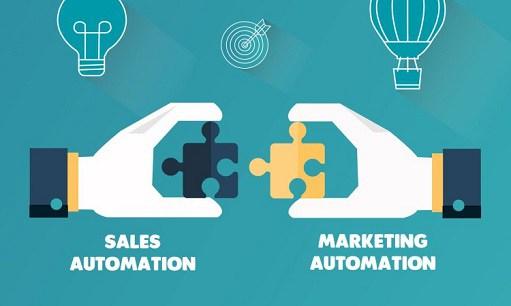Sales automation: trending automated sales activities
Sales teams do a lot of activities, from discovery calls, prospecting to detailed engagement with appropriate prospects, to pipeline and performance...
3 min read
Evaldas Mockus : Sep 11, 2019 12:00:00 AM


The email marketing stats for 2019 are in! More than two billion campaigns were examined in detail and some of the results might come as a surprise.
According to Omnisend’s report, more marketers are starting to opt for omni-channel marketing instead of a single-channel campaign and they are being rewarded for this smart switch.
Marketers who include more than two channels in their marketing campaigns have almost doubled their customer retention rate. What’s more, their purchase and engagement rates have improved as well. Though, what do the numbers reveal about email marketing specifically? The following are some of the statistics about timing, segmentation and sign-up forms.
The ideal time for your email marketing campaign is at the start of a month. If you can, it is best to send those emails during the first 10 days. Email campaigns that are sent during the first 10 days boast an open rate of almost 20%, click-through rate of almost 6% and an order rate of just over 7%. While the statistics are not significantly worse for the remainder of the month, email campaigns do perform better overall during the first 10 days.
What’s more, the specific time during the day at which you send those emails can also make or break your campaign. If you send your emails at the wrong time, it could be that your customers do not even open the email. So, to get the best open rate, it is best to send those emails at around eight in the morning. After all, the majority of people greet their mobile devices shortly after waking up so this for sure makes perfect sense.
Though, emails that get sent first thing in the morning do not boast the best click-through rate. For the best click-through rate, 17:00 is the ideal time, while sending it out an hour earlier is better for order rates with about 10 orders per campaign. All things considered, when you analyze these times, it becomes clear that the best time to send those emails is when your customers typically take a break from work.
Increasingly more marketers have started to use their very own custom workflow and with very good reason. Although its order rate of just below 2% is not as effective as other workflows, custom automation workflows boasts the best click-through rate with 17%. What’s more, it has the second best open rate with almost 53%.
So, these stats reveal that it is clear that custom workflows can be used very effectively in combination with cart recovery automation workflows as well as order confirmations workflows. Not only can you boost your profits by using a custom workflow that pays attention to your customers’ true needs, but you can also build a better rapport with them.
According to the stats, if you divide your email subscribers into smaller segments using criteria like interests, ordering history, and location, the chance of potential customers opening your email is much higher.
A segmented email marketing campaign boasts an open rate of about 28%, which is almost double the open rate of non-segmented campaigns. After all, this should not really come as a surprise, because people are more inclined to engage with something that pertains to their actual needs and interests.
Plus, if you managed to get people to pay attention to your offer, the chance that they will support your business also increases. This is backed up by numbers. Targeted email campaigns can receive almost 30% more orders!
Now to be able to send those emails in the first place, you obviously need to have a list with email addresses. Though, which are the most effective strategies for getting those addresses?
When it comes to list building and subscriber capture, a static sign-up box has a conversion rate of less than 2%! Pop-up notifications perform slightly better with a conversion rate of just over 4% (that being said, it is double that of sign-up boxes).
However, the winner is landing pages with a success rate of close to 25%. If this sounds too boring for you, you can also use the Wheel of Fortune that boasts a conversion rate of almost 13% (rather ironically as fortune and the number 13 are not often used together in the same sentence).
With regards to the information that you should request for sign-up conversion, the top combo is email and phone number that boasts a success rate of almost 10%, with email and first name being a close second.
So, as there is not really a significant difference, you can pick the combo that will work best with your campaign. For instance, if you plan on sending text messages too, the email-and-phone combo could work well.
Though, if you perhaps plan on sending discounts to your subscribers on their birthday, you could instead request their birthday in addition to their email as this combo’s success rate of about 7% is also not too bad.
These useful statistics reveal a couple of important trends that can help marketers to utilize email campaigns even more effectively. So, take the time to think about the most suitable time to send out those emails.
As it will be better to split it into smaller batches as opposed to sending the same message to one big group, you will probably find that you will be sending different emails to different people at different times of the day for the best results.
However, arguably the most important trend is that if you really want to take your marketing to the next level, it will be wise to use two more channels in addition to emails.
By using more than one channel, you can boost loyalty amongst your customers. What’s more, they will also spend more! So, which changes will you be making to your email marketing campaign?

Sales teams do a lot of activities, from discovery calls, prospecting to detailed engagement with appropriate prospects, to pipeline and performance...

The yin and yang of the company – sales and marketing – have worked with each other forever. However, no matter what the process is, the motto is to...

Outreach representatives of your company have to juggle a variety of administrative tasks like research, contacts, follow-ups and many other tasks...